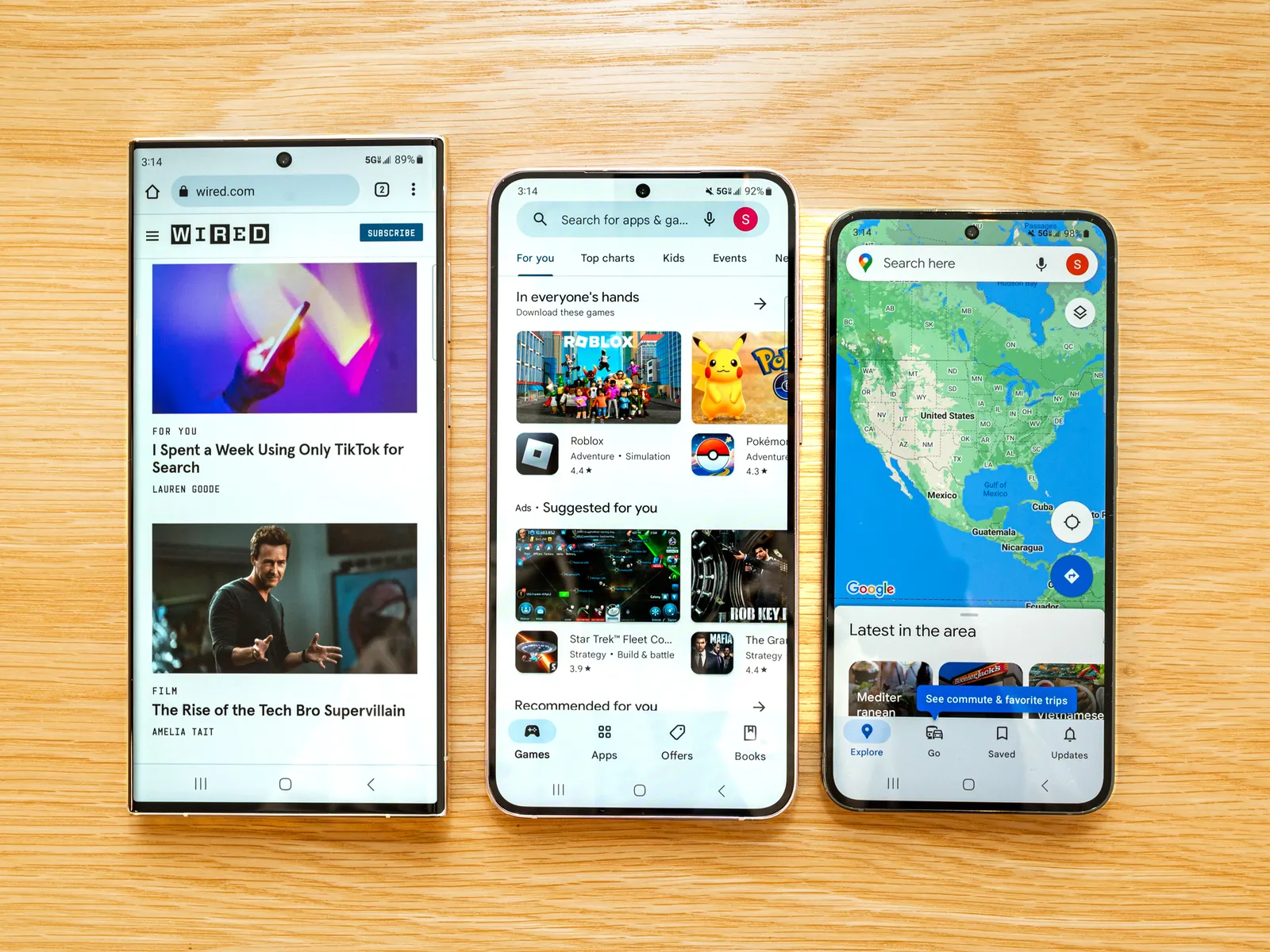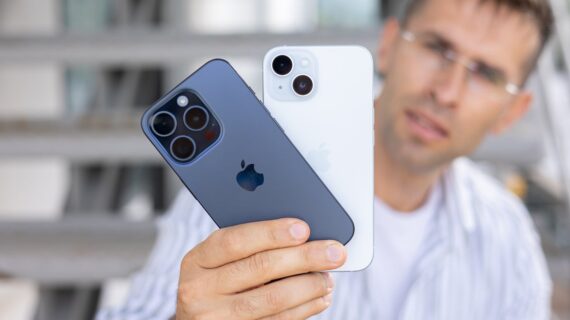
Everything Samsung Announced at Galaxy Unpacked 2023
The pomp around smartphone launches is often deflated by one word: iterative. Too often, a shiny, just-released phone fails to add anything exciting to the list of features we saw in the previous models. If there is a crazy new trick, it’s gimmicky; if there isn’t, well, there’s probably no need to upgrade, right?
Like clockwork, Samsung has unveiled its next set of flagship smartphones: the Galaxy S23, Galaxy S23+, and Galaxy S23 Ultra. You won’t find any gimmicks here, but to call these phones iterative would be an overstatement. These new Android phones—at a surface level—seem to have barely evolved beyond their predecessors.
The Galaxy S23 series isn’t the lone hardware announcement from the company. At its big media event today in San Francisco—the first in-person Galaxy Unpacked since the pandemic—Samsung also unveiled a whopping five new laptops, all of which are badged with the new Galaxy Book3 name. Here’s everything Samsung announced at the show.
Samsung’s Galaxy S23 smartphones follow closely in the footsteps of the S22 series. The S23 Ultra, in particular, looks nearly identical to the S22 Ultra. However, the S23 and S23+ have lost the housing that sits around the rear camera, and they’ve been given a “floating” camera look that matches the design of their pricier sibling. The phones are plainer now; at a distance, they don’t look too far off from Samsung’s cheaper phones. (I don’t think this is a good thing.) All of the new Galaxy S-series handsets are available in Phantom Black, Cream, Green, and Lavender, though Samsung has exclusive online-only colors too (Lime, Graphite, Sky Blue, and Red).
The S23 remains the smallest of the bunch with a 6.1-inch AMOLED screen. The S23+ sits in the middle with a 6.6-inch screen. The S23 Ultra’s 6.8-inch screen size is still just as massive as past Ultras, but one positive change is that Samsung has reduced the curvature of the glass edges around the screen. (Google made a similar change to the Pixel 7 Pro by sharpening its edges.) It’s still not an entirely flat screen like the one on the S23 and S23+, but the change makes the Ultra a bit nicer to hold. The Ultra also benefits from the included S Pen. Yes, the stylus returns in this year’s largest Galaxy phone. It pops out of the bottom edge of the handset. And since the edges of the Ultra’s screen are flatter, you get a slightly larger surface to doodle on. There’s still no S Pen for the other two devices.
To make the screen tougher to scratch or crack, Samsung is employing Corning’s Gorilla Glass Victus 2, a material that is purportedly more durable than Corning’s previous formulas and contains more pre-consumer recycled material. And while Apple has long used stainless steel for its iPhone Pro models, a choice which improves those phones’ durability and scratch resistance, Samsung’s phones are weirdly all still made from aluminum. The S23 line does have more recycled components than last year, however; the company says it has doubled the number of recycled parts on the S23 Ultra to 12, from the speaker module to the volume keys.
Like last year’s models, all S23 devices support a 120-Hz screen refresh rate, with the Ultra boasting an improved adaptive refresh rate. This feature ratchets the screen’s per-second frame rate from 1 all the way to 120 depending on what’s needed, making the phone more battery-efficient. Speaking of efficiency, the Ultra keeps its 5,000-mAh battery capacity, though Samsung says optimizations to the phone’s hardware enable it to last up to 20 percent longer than the S22 Ultra. The batteries in the S23 and S23+ both get 200-mAh bumps, bringing them to 3,900 and 4,700 mAh, respectively. All of these phones should comfortably last more than a day before needing a recharge.
This whole new Samsung mobile lineup is powered by Qualcomm’s Snapdragon 8 Gen 2 for Galaxy, which is the latest flagship chipset, along with 8 gigabytes of RAM. The “for Galaxy” moniker is unusual and means something specific here—Samsung says it indicates improved clock speeds, with the ability to hit 3.3 GHz (a 0.1-GHz bump from the base Snapdragon 8 Gen 2 chipset) with the primary core. This essentially means it’s slightly faster than your standard current Snapdragon chip. (One interesting point to note is that the global versions of the S23 lineup, which are usually powered by Samsung’s own Exynos chipsets, will now be using the same Snapdragon chip from Qualcomm.) There’s also a redesigned cooling chamber that’s two times larger for improved thermal control, which should mean you can game for longer periods before the phone gets so hot that it automatically starts throttling its performance to keep cool.
The biggest change on the S23 Ultra is the primary camera. The 108-megapixel sensor powering the camera has been replaced by a 200-megapixel sensor. You can choose a 200-megapixel mode to get ultra-detailed, high-resolution shots that look nice enough to make large-format prints, or to get shots that you can crop into tightly without dipping below print-ready resolution. That means you should expect some large file sizes when shooting in the 200-megapixel mode. However, by default the camera uses a process called pixel binning—a trick that combines pixels on the image sensor so they take in more light—to produce brighter photos at 50 or 12 megapixels. Those file sizes should be much more manageable. When shooting video, the S23 Ultra has double the correction angles for optical image stabilization, so it offers smoother results than its predecessor.



